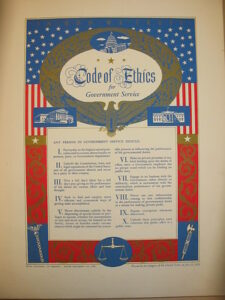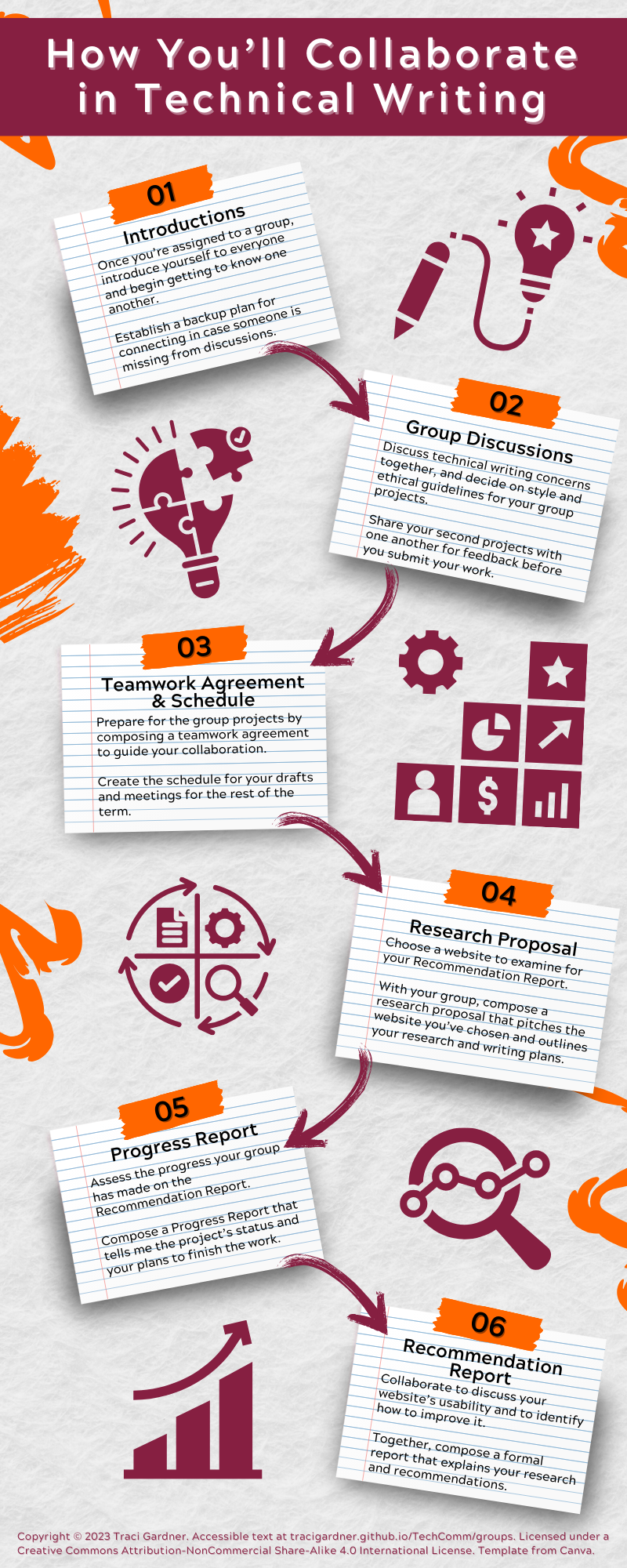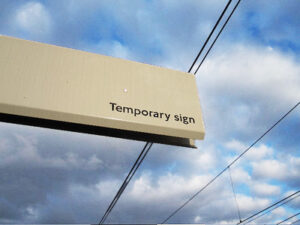August 16, 2023
by Traci Gardner

Wrapped by morebyless on Flickr, used under a CC-BY 2.0 license
After writing yesterday’s post, I read up on group assessment, reviewed some materials on contract grading, and revisited some information on ungrading. I’ve been collecting references in Zotero for years now, so it was relatively easy to pull up the relevant information.
All this reading and rereading resulted in resetting the effort expectations table. I’m essentially using the same chart as in the past, though the assignments and the feedback system are changed slightly. Here’s an excerpt from the chart as it is now:
| Grade Level |
Effort Expectations |
| A |
Earn a Complete on the following:
- Five Major Project Submissions
- 95% of the Project Wrappers
- 95% of the Check-In Surveys
- 95% of the Weekly Activities (including Try-Its & Self-Checks)
|
| B |
Earn a Complete on the following:
- Four Major Project Submissions
- 85% of the Project Wrappers
- 85% of the Check-In Surveys
- 85% of the Weekly Activities (including Try-Its & Self-Checks)
|
The numbers now follow the grade level numbers: A=95%, B=85%, C=75%, D=65%, and F=64% or less. The number of major projects is also restored to the previous version: A=5, B=4, C=3, D=2, F=less than 2.
Dealing with Ghosting Students
The one nagging problem with the setup has been the ability of student to ghost their group and still get credit. That scenario could potentially give a student a C or better even though they have done little to no work. That bugs me. I want to trust students and believe that no one would do this. As much as I want to, I just can’t do it. This phenomenon is frequently called “the free-rider effect” in the articles I have been reading (e.g., Chang & Kang, 2016; Cherney et al., 2018).
It’s occurred to me in the last hour that the solution isn’t in changing the effort expectations chart. Rather it’s to change the way I manage the groups. A number of the articles and chapters that I reviewed focused on group sizes from three to five students. Some folks say more; some say less. I’ve done some work on how to form groups online (in a project that I was never able to maintain, which is a long story for another day).
I’m thinking that I should aim for four to five students in a group. With that number, even if a student does disappear, there should still be enough folks leftover to complete the projects. Groups of three would be problematic in that scenario. I’m also thinking of using the method of forming groups that I tried in the past: groups are composed of students who like to work in similar ways and (as possible) at similar times. For instance, students who like to work ahead of time and be finished in advance are grouped together. Students who like to wait until the last minute are in groups together, and so forth.
I’m grading for completion, not quality, so it doesn’t worry me that (in my experience anyway) the students who like to work ahead usually do better on their work. The other groups aren’t at any disadvantage. They just have to complete their work. They don’t have to knock my socks off.
What I’m adding is a practice that I found mentioned online and among some of my colleagues on Facebook. To put it bluntly, a free-riding student who disappears from their group or does not contribute can be kicked out of the group by the other group members. That student can then either work on the group projects independently or join a group of other students who have been removed from their groups. If I adopt this system, no student should pass the course while doing none of the work.
Assessing the Project Management Work
With all that sorted out, I just need to figure out how to focus assessment on the process of managing the project, not so solidly on the project itself. I’m worried about the workload, so I don’t want to add onerous reflections.
I’m also not a fan of asking students to use on of the strategies where they grade each other by assigning points or percentages based on the work each person does. See the “Student Assessment of Group Product” section of the Grading Methods for Group Work page from Carnegie Mellon’s Eberly Center for examples. Such systems work, but they can put students at odds and can be unfair to students who do not fit the demographics of other group members (whether because of race, class, gender, LGBTQ status, and so forth.
I think the answer is to add project wrappers to the major projects. Somehow as I was reading yesterday, I happened upon exam wrappers. I’ve heard the term many times before, but had always thought they were a way of adding information when you turned in an exam. I assumed that they were similar to the draft letters and memos that I have used frequently, where students tell me about their project and what they want me to comment on as I add feedback.
In other words, I missed their full potential. Exam wrappers are also used after an exam, when students receive the feedback on their work. They typically ask students to look at the errors, figure out the correct answers, and reflect on what went awry. That process is similar to the Revision Plan assignment that I have used in the past. In that assignment, I ask students to return to a project from earlier in the term and write a description or instructions for revising the project. Depending upon the course, I might also ask for storyboards, outlines, or other kinds of mockups. I liked that assignment as a final exam because it allowed students to explain what they’d do if they had more time without asking them to do all that work while they were swamped with other finals.
Somehow, despite knowing about exam wrappers, I didn’t see the connection of using them both before AND after the exam. You’d think that the work wrapper would have tipped me off—it is an active learning strategy that wraps around another assessment. Yes, I’m feeling a bit daft right now.
I realized that adding something when a major project is submitted and then after the feedback is returned allowed me to structure reflection in a meaningful way that avoided asking students to write long reflections and to come up with deep thoughts about their work. I can ask some basic survey questions about the time spent on the project, which portions they focused on, how group members coordinated, and so on in the wrapper they complete when turning in their work. After I return the work with feedback, I will have similar survey style questions but also some short answer questions that will ask them to reflect on what they did and how them might change in the future to improve their writing and collaboration.
Asking multiple-choice and short-answer questions, I can limit the amount of effort that students have to expend. Coordinating the pre- and post-wrappers should trigger reflections on cause and effect (or perhaps impact) of the strategies they have used. Asking for a revision or revision plan focuses the work on the project (the product). Asking students to think about why their work habits resulted in the performance and how they might change it in the future focuses the task on the process. It feels like the perfect solution for paying attention to the project management aspect of the work that they will do in the course.
FINALLY, I think I have things figured out. None of it is written up or published in Canvas, mind you, but I think I know what I’m doing. I see a lot of long work days between now and Monday, when classes start. On the chance that you aren’t aware of the practice of exam wrappers, I’m including three links to basic information on the strategy:
- Center for Excellence in Teaching and Learning. (n.d.). Exam Wrappers and Test Analyses. Virginia Tech. Retrieved August 16, 2023, from https://teaching.vt.edu/content/teaching_vt_edu/en/teachingresources/adjustinginstruction/exam-wrappers-and-test-analyses.html
- Bowen, J. A. (2013, August 19). Cognitive Wrappers: Using Metacognition and Reflection to Improve Learning – Teaching Naked. https://teachingnaked.com/cognitive-wrappers-using-metacognition-and-reflection-to-improve-learning/
- Hammer, E. Y., Neufeld, G., & Turner, J. (n.d.). Exam Wrapper. American Psychological Association. Retrieved August 16, 2023, from https://www.apa.org/ed/precollege/topss/teaching-resources/exam-wrapper









